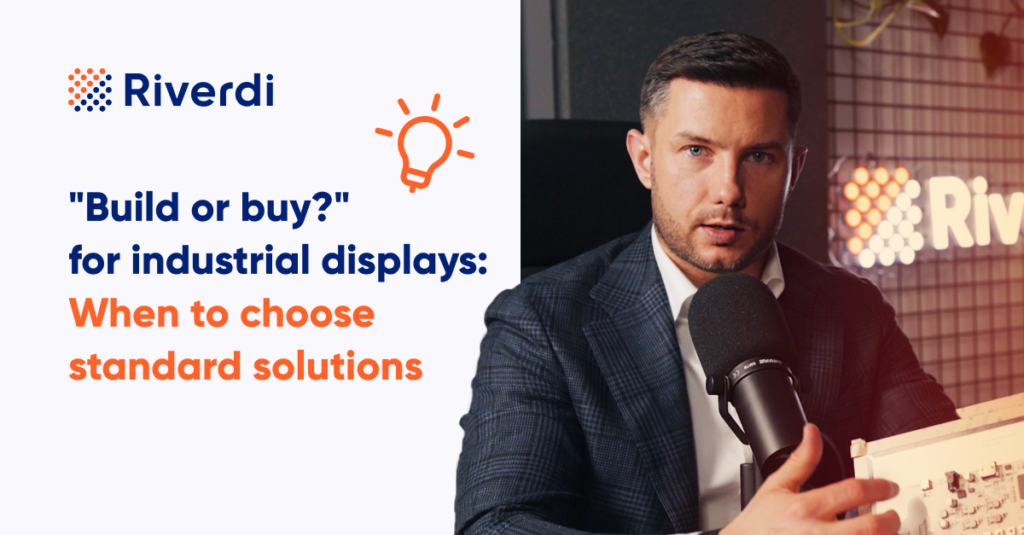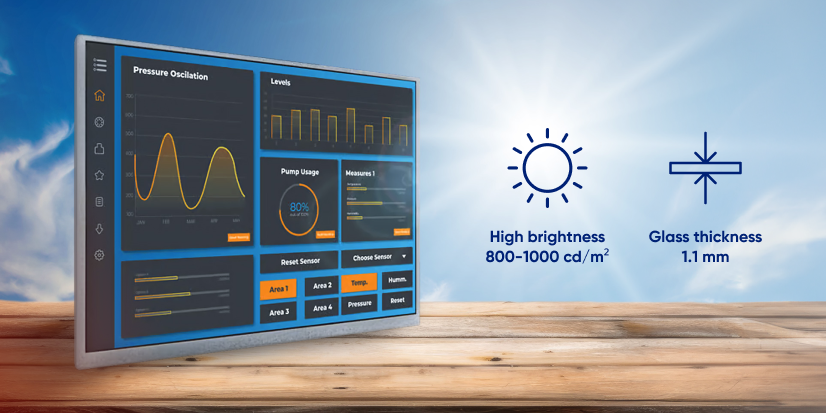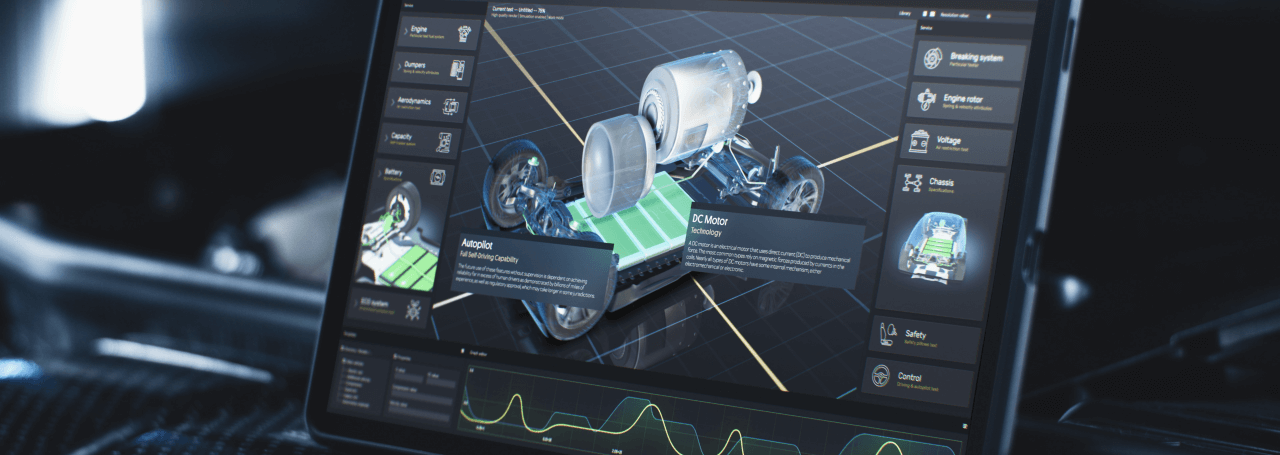

When starting a new project, we often face a fundamental dilemma: should we choose a standard or customized solution? The answer isn’t always clear, so it’s essential to dive deeper into the differences between customized and standard display solutions from the customer’s perspective.
First of all, we outline the pros and cons of the standard solution and address a crucial question: when is the ready-to-use option best for your design?
Immediate usability
First, standard displays are off-the-shelf, meaning they are fully designed and ready to work as soon as you receive them. At Riverdi, this is a priority—regardless of the standard display you purchase, we provide supporting boards and accessories to help you operate the display on the day it arrives. This guarantees immediate access to evaluate the product’s performance. More importantly, you save time and avoid the internal and external costs associated with developing, testing, and building the display.
To reduce time-to-market try to choose solutions that help you with GUI design, like the Riverdi EVE4 display series.
STANDARD DISPLAY BASIC PARAMETERS
Perfect for immediate implementation and later customization


Proven reliability
Additionally, standard products are typically well-tested and documented through hundreds of different projects. Thousands of other customers’ positive experiences make it easier for you to pass the certification process and build a device around such a display.
If you are looking for a robust Plug-and-Play display solution, you may try our HDMI display series. It allows you to easily start your project with reliable and proven technology—no need to choose your image interface compatibility—because it’s a well-known HDMI.
Longevity and availability without MOQ
The next valuable aspect of an off-the-shelf display is its longevity. They will be available for a long time simply because many other customers are using them. However, there is another aspect that we at Riverdi take seriously. When you buy a standard display, there is no MOQ (Minimum Order Quantity). In other words: you can always order as few as you need. This provides great convenience when starting a new product and you are unsure how it will perform in your device.
One of those products, that you can order as a sample without MOQ, are displays from the STM32 series, which offer fast-prototyping with TouchGFX GUI presets and demo – downloadable for free.
300 modular and documented options
Standard displays are also worth considering due to the wide variety of models available—at Riverdi, we offer about 300 different predefined and well-documented display solutions to fit your next project. With this variety, you can build your system quickly by selecting different touch screens, mountings, interfaces, or supporting boards.
All certifications to pass
You might ask: wait, can we go back to the certification process? Of course! At Riverdi, we test all our new standard displays before putting them on sale, both in terms of harsh environmental conditions and electromagnetic noises. This ensures they do not emit excessive noise and are sufficiently resistant to external interference, guaranteeing you will pass certification, even for medical devices.
Advantages of standard display solutions
- Immediate Usability: with development tools typically suggested for the display, any display can be operational the same day.
- Cost and Time Savings: avoiding costs required for developing, testing, and building, including tooling and engineering work.
- Proven Reliability: our standard products are used in hundreds of projects and verified through these processes, which makes them safe to use and most likely to pass certification.
- Long-Term Availability: longevity due to many other customers using the displays.
- Low MOQ Policy: orders as low as one piece help in the context of starting a product and being unsure of market reaction, avoiding the commitment to large quantities typical for customized solutions.
- Variety and Modularity: about 300 predefined, well-documented display solutions, including different types of touch screens, mountings, interfaces, and supporting boards.
- Certification Process: rigorous testing for environmental conditions and electromagnetic noise to ensure certification even for medical devices.
What if standard is not enough?
But what about the disadvantages of standard solutions? The main drawback is quite apparent: the standard product is pre-defined. For instance, at Riverdi we offer a typical 1.1-millimeter cover glass thickness. If you need thicker or vandal-proof glass for an outdoor device, you will have to choose a customized solution. Similarly, if you need to increase the display’s defined brightness or add your logo to the decorative glass—all such special requirements lead us to the second type of displays offered by Riverdi – to customization. This topic will be covered in the next article in this “Build or Buy?” series.
Contact us
Contact our expert if you are not sure whether to choose a standard or custom display for your latest project.
Having any issues with your current solution or wanting to know more about fine-tuning the device’s parameters? We will be pleased to discuss and assist you with solving any of your design and R&D challenges.
DISCOVER OUR
Whitepaper
Achieve the perfect user-display interaction with the right Touch Sensor IC. Ever faced issues with phantom touch events or certification? Boost your R&D like a pro with our Whitepaper!



